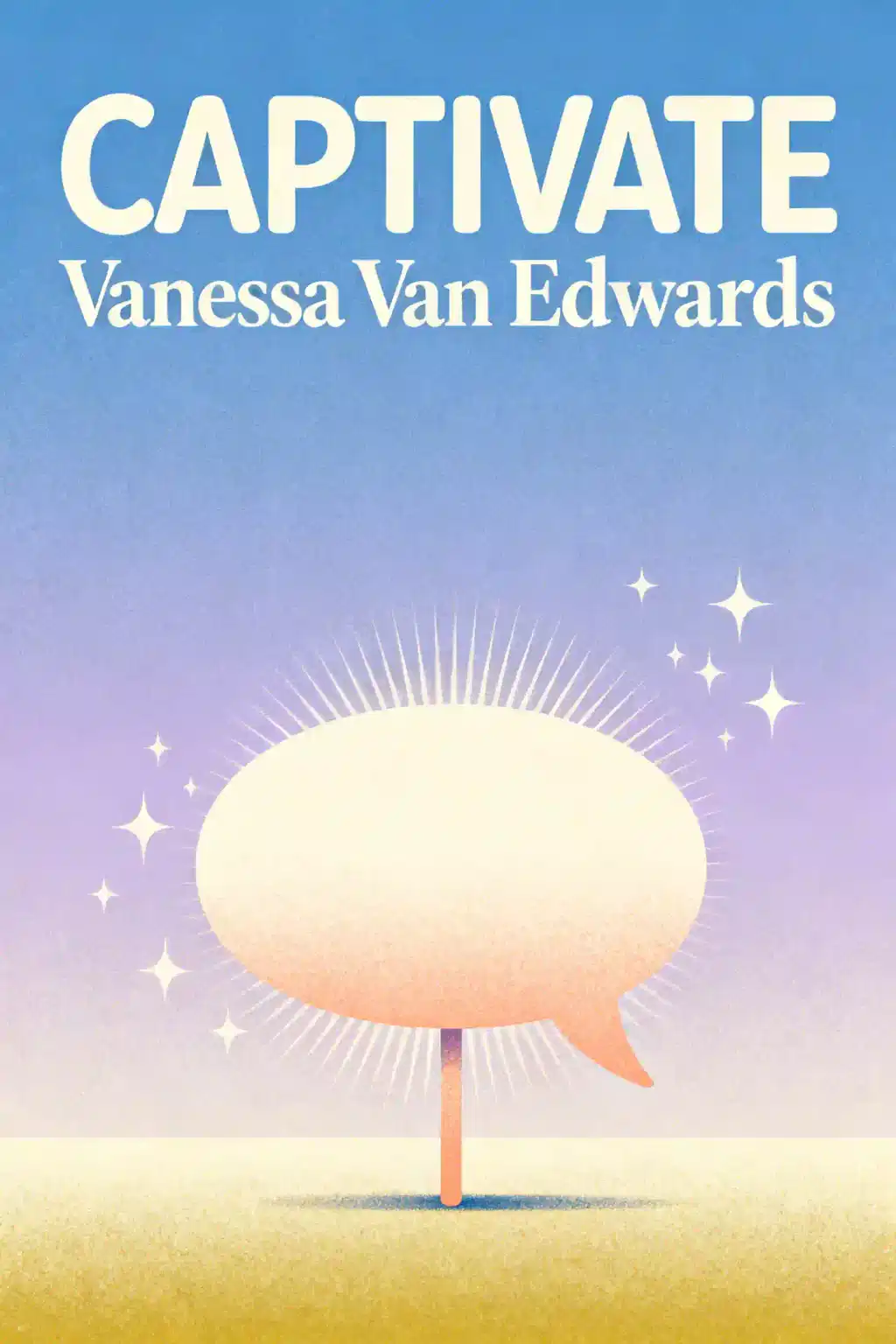What is
Captivate by Vanessa Van Edwards about?
Captivate is a science-backed guide to mastering social interactions, offering actionable strategies to decode human behavior, build charisma, and create meaningful connections. It combines research on nonverbal cues, conversation techniques, and personality insights to help readers excel in professional and personal settings. Key topics include first impressions, microexpressions, and frameworks like the "Triple Threat" for confident communication.
Who should read
Captivate?
This book is ideal for professionals, introverts, and anyone seeking to improve networking, public speaking, or relationship-building skills. It’s particularly valuable for those navigating career transitions, leadership roles, or social anxiety. Vanessa Van Edwards’ practical hacks cater to both personal growth and workplace dynamics.
Is
Captivate worth reading?
Yes—Captivate stands out for its blend of behavioral science and real-world applications, making complex psychological concepts accessible. Readers gain tools like the "Launch Stance" for confidence and "conversation sparks" to avoid awkward small talk. Its emphasis on empirical research ensures credibility, while anecdotes and exercises enhance relatability.
How can
Captivate help you make a killer first impression?
The book teaches three key strategies: use hand gestures to appear trustworthy, adopt the "Launch Stance" (shoulders back, chin up) to signal confidence, and maintain 60–70% eye contact to foster connection. These nonverbal tweaks leverage evolutionary psychology to quickly build likability.
What are microexpressions, and why do they matter?
Microexpressions are involuntary facial movements lasting 1/25th of a second, revealing true emotions. Captivate cites Dr. Paul Ekman’s research to show how recognizing these—like a fleeting frown or eyebrow raise—helps decode feelings during negotiations, dates, or team meetings, enabling more empathetic responses.
What is the "Triple Threat" in
Captivate?
This framework combines three nonverbal elements for instant impact:
- hands (open gestures build trust)
- posture (upright stance projects authority)
- eye contact (balanced focus shows engagement)
Used together, they create a memorable presence in networking or public speaking.
How does
Captivate suggest having dazzling conversations?
Vanessa Van Edwards recommends "conversation sparks"—unique questions like What’s your current passion project?—to trigger dopamine release and make interactions memorable. Pair this with identifying "hot buttons" (topics that energize others) to sustain engaging dialogues.
What is the "Highlighter" technique?
Highlighting involves actively celebrating others’ strengths through phrases like I’ve never met someone with that expertise—tell me more! This shifts focus from self-promotion to making others feel valued, fostering deeper connections.
How does personality affect communication in
Captivate?
The book uses the OCEAN model (Openness, Conscientiousness, Extraversion, Agreeableness, Neuroticism) to tailor interactions. For example, agreeable individuals respond better to collaborative language, while conscientious types appreciate structured plans.
Can
Captivate help with difficult conversations?
Yes—it advises using "radical transparency" to name tensions (e.g., I want us to resolve this respectfully) and validating emotions before problem-solving. This aligns with research showing acknowledgment reduces defensiveness.
What are common criticisms of
Captivate?
Some critiques note its formulaic approach, arguing social dynamics can’t always be reduced to step-by-step hacks. Others highlight that overusing techniques like "conversation sparks" may feel inauthentic if not paired with genuine curiosity.
How does
Captivate compare to other social skills books?
Unlike anecdotal guides, Captivate prioritizes peer-reviewed studies on behavior, offering tools like microexpression decoding and the OCEAN model. It’s more research-driven than classics like How to Win Friends and Influence People but less philosophical than works like Quiet.








